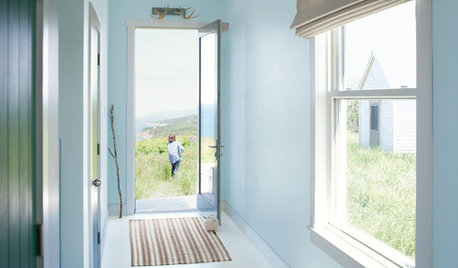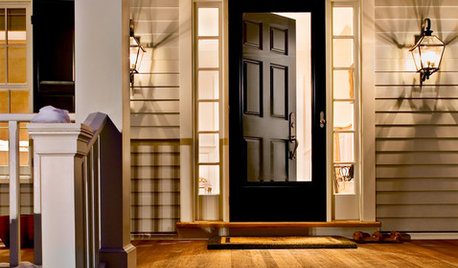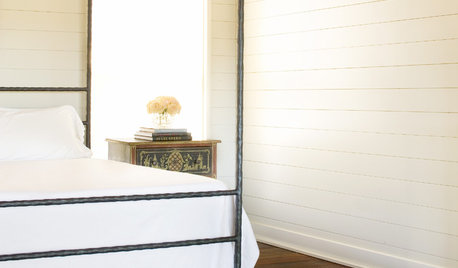'Breathing'
caroline1
17 years ago
Related Stories

COLORBenjamin Moore Floats Breath of Fresh Air as Its Color of 2014
Touted as a new neutral, this baby blue can stand on its own or support bolder colors. Here's how to use it
Full Story
SHOP HOUZZShop Houzz: A Breath of Fresh Air
These stylish humidifiers and air purifiers will help you breathe easy
Full Story
DOORSScreen Doors Bring a Breath of Fresh Air
Give your house a little breathing room with a classic or contemporary screen door
Full Story
FOLIAGEGreat Design Plant: Golden Breath of Heaven
Aromatic foliage as soft as an angel's wing makes this plant a blessing in any garden, but it's the vivid chartreuse color that's divine
Full Story
HOUZZ TOURSHouzz Tour: Breathing Easy in the New York Suburbs
Low-chemical furnishings make a family home easy on the nose, while transitional style makes it easy on the eyes
Full Story
COFFEE WITH AN ARCHITECTTake a Breath, Relax — It's Just Design
Some prescriptions for some perspective, by an architect who has a hard time letting go
Full Story
MORE ROOMSReclaim Room to Breathe
Take back the down time you deserve by disconnecting and paying attention to small pleasures in unexpected areas of your home
Full Story
DOORSLouver Doors Let Storage Breathe
Closets, laundry rooms and bathrooms especially love the air boost, but louver doors look great in any room in the home
Full Story
CONTEMPORARY HOMESHouzz Tour: A Creative Couple Let a Wine Country Home Breathe
Dark rooms get opened and updated, while a neutral color palette helps a range of textures stand out
Full Story
KITCHEN DESIGNKitchen of the Week: Breathing Room for a California Family
Wide-open walkways and generous storage give a couple who love to host all the kitchen space they need
Full StorySponsored
Franklin County's Preferred Architectural Firm | Best of Houzz Winner



Heathen1
dgriff
Related Discussions
Dry dusty smell bedroom - breathing problems
Q
Paint: a color less yellow than Wind's Breath (and a bit lighter)
Q
Gray or Off White to Coordinate with BM Wind's Breath & Indian River
Q
Wind's Breath or Edgecomb Gray, by Benjamin Moore???
Q
mrsmarv
caroline1Original Author
rosesinny
Heathen1
rosesinny
caroline1Original Author
Ron Natalie
Heathen1
Ron Natalie
rosesinny
Heathen1
rosesinny